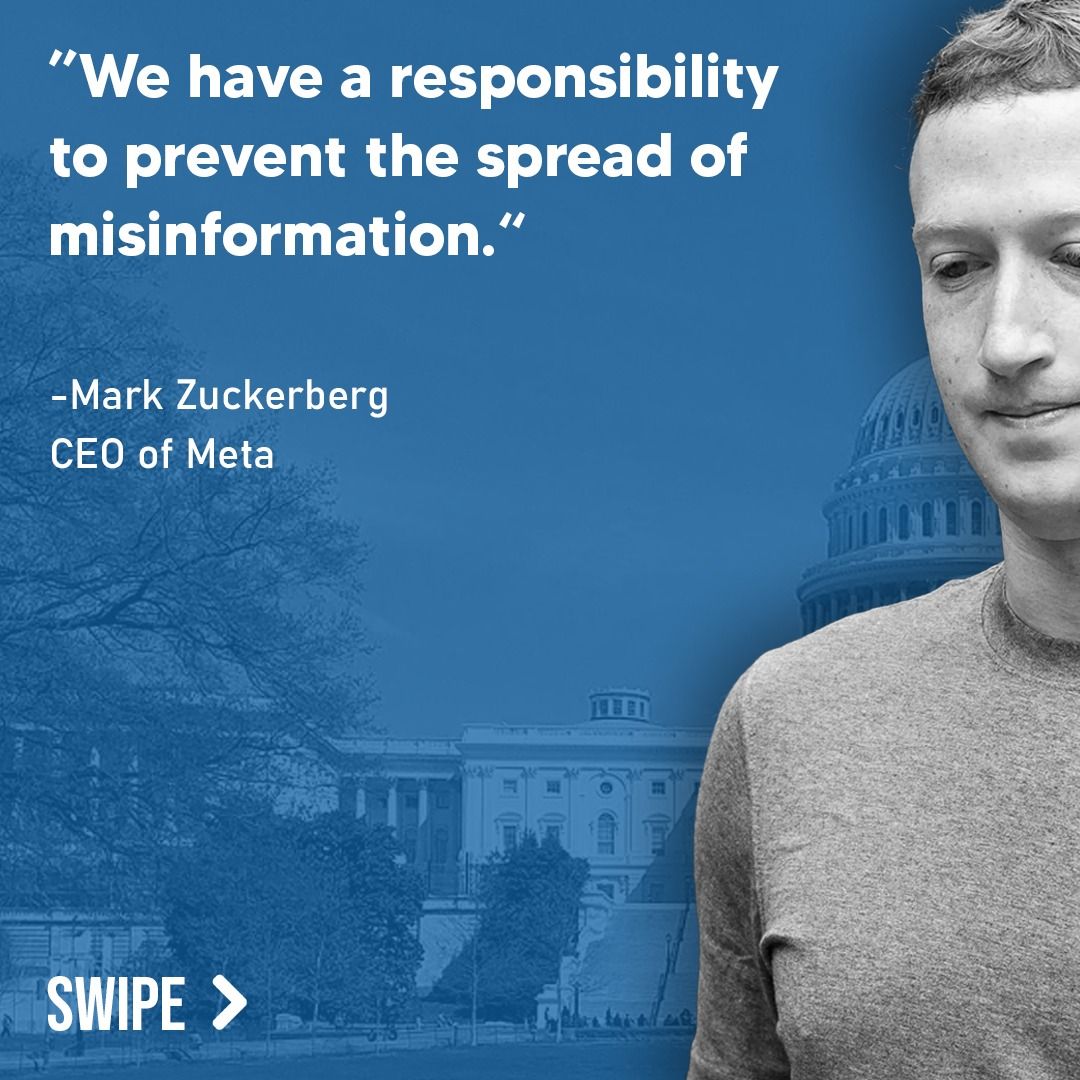Detailed Fact Check: The CIA believes COVID most likely originated from a lab but has low confidence in its own finding
Thank you to one of our subscribers for submitting this article for fact-checking. If you have a news article you’d like us to investigate, you can submit a request for free. Now, let’s break this down together.
Fact Check Analysis
The Associated Press article titled “The CIA believes COVID most likely originated from a lab but has low confidence in its own finding” covers a timely, controversial subject: the origins of COVID-19. The claim centers on a recently released CIA assessment that suggests COVID-19 “most likely originated from a lab,” though the agency itself admits to having “low confidence” in the conclusion. While this report has garnered significant attention, it requires careful examination to ensure important context isn’t being missed and any potential bias or misinformation is identified.

Key Findings:
Does the Article Portray the CIA’s Assessment Accurately?
Yes, for the most part. The article accurately reflects that the CIA assigns “low confidence” to its conclusion about the lab origin of COVID-19. However, the headline and portions of the text fail to sufficiently emphasize what “low confidence” means. In intelligence terms, this phrase indicates that the evidence is weak, contradictory, or lacking substance. By focusing heavily on the lab-leak possibility without equally stressing the ongoing plausibility of natural transmission, the article unintentionally creates a misleading impression that the lab-leak theory is far more credible than it might actually be.
The CIA’s own statement clarifies that “both research-related and natural origin scenarios…remain plausible,” but this nuance isn’t given enough weight in the article. It’s crucial to understand that a “most likely” designation in this context does not equate to high certainty. The evidence remains inconclusive, which the public may misinterpret given how the lab-leak theory is framed in the overall text.

Was the Timeline of Agency Leadership Accurately Represented?
Another critical point of concern is the article’s mention of former CIA Director William Burns and current Director John Ratcliffe. It states that the report was “completed at the behest of the Biden administration and former CIA Director William Burns,” but this is misleading. John Ratcliffe, who was referenced as having only recently been sworn in, ostensibly played a key role in ordering the declassification on Trump’s request—not Biden’s.
The inclusion of politically charged figures like Senator Tom Cotton and John Ratcliffe without context on their political stances on China and COVID origins further risks injecting partisanship into the topic. For readers, this could distract from the core goal of understanding the origins of COVID-19. Ratcliffe is a vocal proponent of the lab-leak theory, which is mentioned in passing but not fully explored in terms of how it may influence the CIA’s release or public reactions.
Cherry-Picked Scientific Theories
The article’s brief acknowledgment of the natural transmission hypothesis (“scientists think the most likely hypothesis is that it circulated in bats”) is treated as an afterthought rather than a serious counterargument to the lab-leak theory. Yet, independent scientific investigations continue to assert that a zoonotic origin remains the more plausible pathway based on the available evidence.
By juxtaposing an inconclusive intelligence finding against firmly accepted scientific theories without elaboration, the article inadvertently amplifies the significance of the CIA’s assessment over ongoing scientific consensus. For instance, credible peer-reviewed studies suggest that intermediary species, such as raccoon dogs, are viable vectors for COVID-19 transmission to humans. These details were only superficially addressed.
Potential Bias: Political Framing
While the AP article maintains journalistic professionalism, the inclusion of direct quotes like Sen. Tom Cotton’s call to “make China pay for unleashing a plague” introduces emotionally charged rhetoric. This framing aligns with a broader political narrative that seeks to ascribe blame to China’s handling of the early pandemic outbreak. Readers should approach such statements with caution, as they are speculative and could unduly sway public opinion without definitive evidence.

Why Is There Such a Political Push to Blame China?
The political drive to place responsibility on China stems from multifaceted factors: geopolitical tensions, public frustration with the pandemic fallout, and a desire to hold someone accountable. Claims of a lab origin can serve domestic political purposes, rallying support against a perceived foreign adversary. For scientists, however, the origins debate is a matter of tracing factual pathways to prevent future pandemics.
It’s worth noting that while natural transmission hypotheses remain robust, China’s lack of transparency has fueled alternative theories. Continued obfuscation from Chinese authorities regarding early data from Wuhan has stymied progress in conclusive investigations. This lack of cooperation leaves a void where speculation—on both sides of the debate—thrives.
Conclusion
The article provides an informative overview of a new CIA assessment but overlooks critical components of context and scientific research. The framing of the lab-leak theory as the “most likely” explanation risks being interpreted as a definitive conclusion, despite low confidence and the unresolved scientific debate. Readers should remain cautious and seek additional sources before forming opinions on this complex issue.
For the full article in review, visit AP News.
Stay empowered, informed, and vigilant against misinformation. Our DBUNK app is launching soon to help you cut through the noise and get to the truth. Be part of the movement to combat fake news today!


